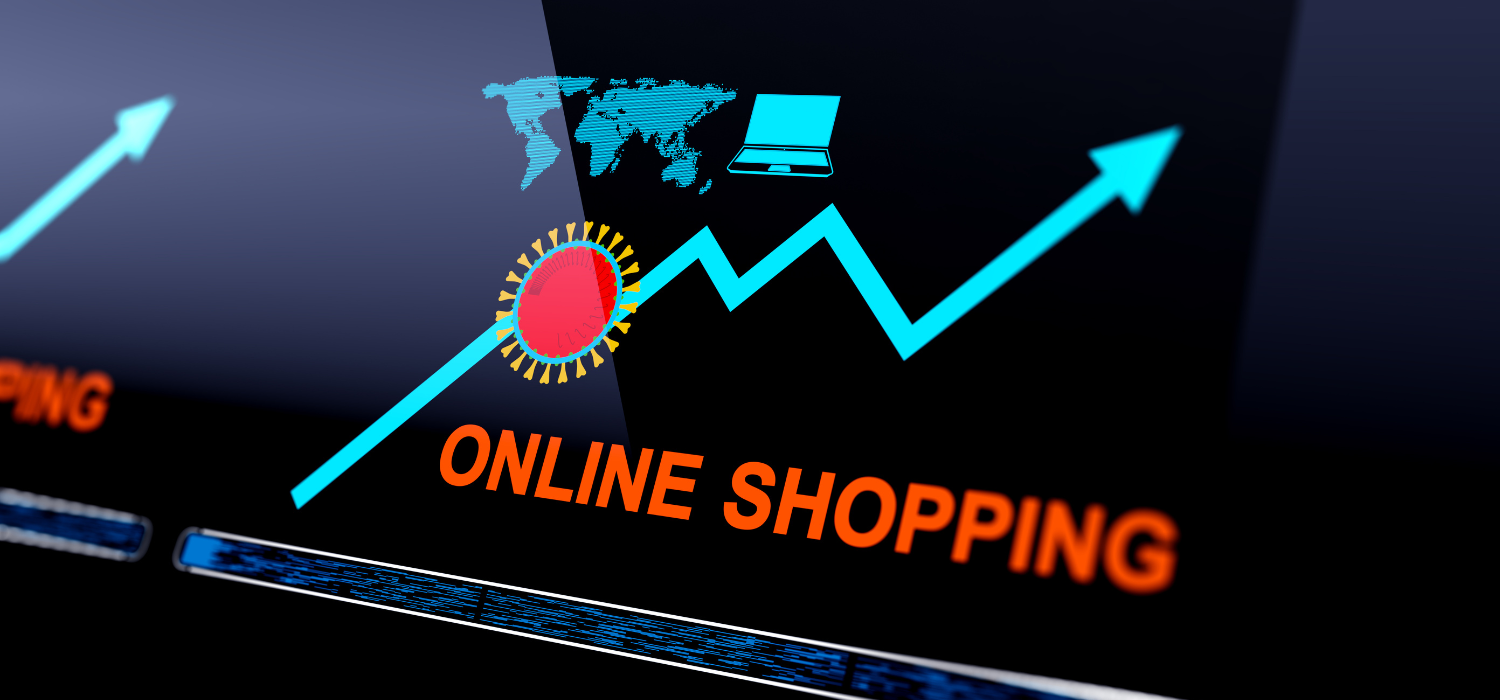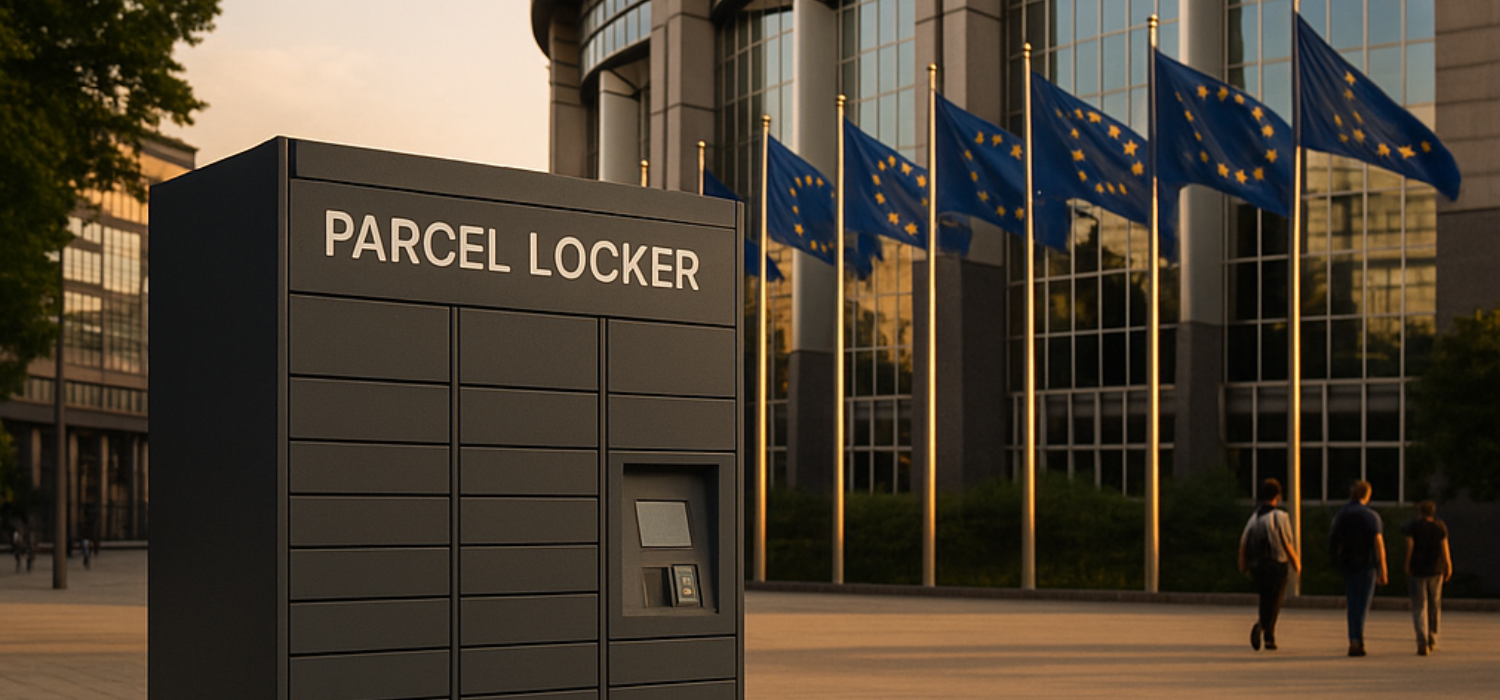September is a crucial month for online retailers, and it’s just around the corner. Not only does it mark the return to work after the summer break, but it’s also a test run for the fourth quarter, the infamous peak season: the time of year when online sales reach their highest levels, between Black Friday and Christmas.
It is therefore during these weeks that a strategic game is played: optimising eCommerce to effectively handle growing volumes. The solution lies in logistics, and in particular in its most delicate link: the last mile. Delivery service is now one of the determining factors in purchasing decisions and brand perception, as well as a key lever in sustainable shipping management models.
In the Italian market, where 22.5% of online purchases will be collected via lockers and collection points by 2025, enhancing these options is no longer an alternative but a real priority for any eCommerce business that wants to remain competitive.
Here are five concrete, practical and immediately applicable actions to get your e-commerce business back on track.
1. Review the map of your collection points
Analyse seasonal data and anticipate new urban flows
September marks the return to daily mobility: students go back to school, offices fill up again and public transport returns to full capacity. This leads to a change in purchasing behaviour and, above all, in parcel collection, which must also be reflected in a new distribution of your collection points.
Where to start? First of all, analyse your logistics KPIs and the collection and delivery data from previous months: where is demand concentrated? In which urban areas are Lockers used most frequently? It is precisely in these urban areas that you need to focus on optimising coverage, providing your customers with Lockers and Collection Points where they can easily and flexibly collect their online orders.
Users want convenient pick-up points, especially on their way to and from work. That’s why the best areas are those with high foot traffic, such as stations, university campuses, supermarkets and intermodal hubs.
A static map is no longer enough: you need a flexible, up-to-date and intelligent infrastructure.
Expand your OOH infrastructure in high-density areas
Adding lockers and OOH points to your checkout is not just a question of numbers, but of strategy. The goal is to increase coverage where there is the most traffic and reduce delivery costs in ‘hot spots’.
In this sense, collaborating with technology partners capable of managing large networks – such as GEL Proximity – allows you to quickly integrate new delivery nodes and monitor their performance in real time.
2. Optimise checkout with visible and incentivising Out Of Home options
Bring OOH solutions to the forefront at checkout
Offering delivery to lockers and pick-up points is not enough: you need to know how to communicate it.
In most cases, once users reach checkout, they tend to choose the default shipping option. If Out Of Home collection is hidden or placed at the bottom, it will not be selected. That’s why Out Of Home options must be clearly visible, positioned at the top and accompanied by clear information about the benefits.
Integration must be visual, functional and narrative. It is not enough to show a list of lockers: you need to include interactive maps, ‘eco’ badges and copy that highlights the benefits.
Use clear and direct messages, such as ‘Avoid waiting: collect where and when you want’ or ‘Sustainable choice: less traffic, fewer emissions‘.
Tell the story of the benefits in a customer-centric way
Nearby collection is faster, more flexible and often safer. All this must also be communicated clearly. Messages such as ‘Guaranteed delivery even if you’re not at home’ or ‘Collect when you want, no waiting’ improve conversion rates.
Adding practical information such as times, distance from the starting point and estimated pick-up time can really make a difference.
Encourage use with special promotions and discounts
Out-of-home collection is not only more flexible, but also more convenient. Locker or collection point deliveries eliminate the costs associated with failed delivery attempts or home pick-ups, enabling greater operational efficiency and a lower average cost per parcel than home delivery.
For this reason, more and more eCommerce businesses are experimenting with financial incentives to push users towards OOH solutions: discounts on the next order, cashback for those who collect within 24 hours, or free shipping above a certain cart threshold, but only if you choose nearby collection.
September is the ideal time to test these promotional levers, monitor their effectiveness and calibrate strategies ahead of the peak season. A small incentive today can translate into significant logistics cost savings and a more efficient shopping experience for the customer tomorrow.
3. Leverage OOH logistics to manage returns intelligently
Returns management is one of the most critical and costly aspects of eCommerce. Out-of-home solutions are not only useful during delivery, but also – and perhaps above all – in reverse logistics. Here’s how to integrate them best.
Reduce time and costs by activating the ‘drop-off’ logic
Every return managed via Locker or Proximity Point saves on collection costs, failed attempts and customer service. Enabling the “drop-off” mode for returns allows users to return a parcel independently, without appointments or time constraints, choosing the nearest and most convenient delivery point.
To effectively integrate Out Of Home logistics into return flows, a key step is to create a guided return process on the eCommerce site, accessible from the personal area or post-sales email, which automatically generates a unique QR code to be used at the Locker or Pick-up Point selected by the customer. This eliminates the need to print labels and simplifies the user experience as much as possible.
From an operational standpoint, connecting the returns system to your management system enables real-time tracking, return notifications and reduced restocking times. This streamlined management not only lowers costs but also speeds up the resale of returned products.
Automate processes and improve the after-sales experience
Don’t forget that returns management is a delicate moment in the customer relationship. A clear, traceable flow with real-time notifications can improve your Net Promoter Score and promote customer loyalty.
Centralise data to monitor efficiency and critical points
Returns management does not end with the physical return of the goods: it is a phase that generates valuable data that is often underutilised. To make the most of this data, it is essential to integrate Out Of Home returns data – such as collection times, drop-off points used, reasons for return and product condition – into your CRM or ERP system in a structured way.
This integration allows you to build automatic and detailed reports, useful for identifying products or categories with high return rates, geographical areas with greater logistical challenges, any anomalies in packaging, size or online description, and Lockers or Pick-up Points with below-average performance.
By centralising this information, you can make faster and more informed decisions about procurement, quality policies, customer service and even content strategy (for example, by updating unclear product descriptions). You can also identify logistical bottlenecks before they become a large-scale problem, especially during peak seasons.
Returns are also a goldmine of insights, but only with a structured data flow can you transform them from an operating cost into a lever for continuous optimisation.
Want to integrate a truly efficient Out Of Home returns system?
Discover GEL Proximity’s returns service: over 300,000 collection points and lockers already available to manage your returns in a flexible, traceable and integrated way. Find out more.
4. Proactively communicate your logistics strategy
Turn logistics into a communicable competitive advantage
Logistics is now an integral part of the brand, and not communicating it would be a missed opportunity. In September, when many users resume their purchasing habits after the summer, it is the ideal time to talk about what goes into ‘how’ you deliver your products.
FAQs on your website are not enough: you need proactive, integrated and multi-channel communication.
So make sure you send your customers regular updates, by email or text message, on the status of their shipment and the expected delivery time. If the customer has opted for home delivery, make sure you send them all the necessary information on the location of the selected locker or collection point, the opening hours and alternatives in case of saturation.
Adopt sustainability-oriented communication
Don’t forget that OOH logistics is also a driver of sustainability. A parcel delivered to a locker generates on average 30% less CO₂ than a home delivery. Communicating this environmental impact in the customer journey can improve your brand reputation and attract a target audience that is increasingly sensitive to this issue.
5. Prepare your eCommerce for the peak season right away
September is the month for testing, October for optimising, and November for scaling up. Anyone waiting until Black Friday to sort out their logistics is already behind. So what should you be doing in September?
Use this month for testing and operational simulations
Use this period to carry out stress tests, activate load simulations, check order fulfilment times, check the capacity of your logistics partners and the resilience of your Out Of Home channels.
Testing high-volume return scenarios can also help you avoid bottlenecks during peak weeks.
Work with the right partners to optimise flows and costs before Q4
To successfully tackle the fourth quarter, with Black Friday, Christmas and the winter sales, you need logistics that can scale quickly, in a controlled and sustainable manner. This is only possible with an integrated ecosystem, where eCommerce, logistics operators and proximity networks work in synergy.
September is the perfect time to get your operations in gear: review service agreements, update APIs between systems, synchronise cut-off calendars, lead times and public holidays. Working with specialised partners also allows you to test the most critical flows in advance, optimise last-mile routes and reduce average shipping costs.
With GEL Proximity, you can integrate over 300,000 active lockers and collection points in just a few steps, directly managing the link between checkout and OOH logistics. Find out how it works.
E-commerce logistics: September is the right time to act
In short, optimising your eCommerce business starting in September is not just a matter of efficiency: it is a strategic choice. Investing in Out Of Home logistics, rethinking the user experience at checkout, making returns smoother and communicating transparently are now essential elements for those who want to stand out in an increasingly competitive market.
September is your test bench, the ideal time to build, piece by piece, a logistics system that truly serves your customers and can smoothly support the busiest season of the year for e-commerce.
Do you need support to integrate Out Of Home logistics into your eCommerce? GEL Proximity is at your side. Contact us and find out how we can help you optimise flows, costs and customer experience.












